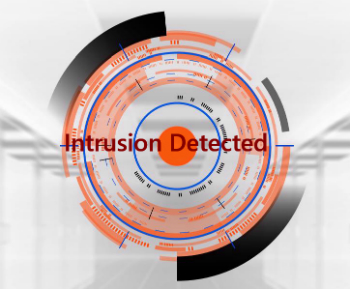What is IDS and How Microgaming Uses It
As casino web providers work with different kinds of sensitive data, they ought to set some precaution methods for their safeguarding. For these purposes, special monitoring apps were developed. Nowadays using such utilities is a part of policy of many companies which work with Internet traffic.
Surely, such a big web gambling provider as Microgaming needs to protect itself from the various hacking intrusions. For this, it implements the described technologies into its software firewalls and corporate networks to prevent bad consequences of being attacked. So the clients of this enterprise can be assured that their personal or banking info is safe.
And in this article, you’ll discover what certain security systems are for and how they work.
The Intrusion Detection System is a utility that serves for identifying hazards appearing in the traffic of transferred data. This tool is usually complemented by prevention technologies that are capable of blocking dangerous packages.
The Microgaming IDS main task is to recognize threats and send alerts when they are found. However, it doesn’t mean that this system works with the real-time traffic. It analyzes the copy because it is impossible to make any operations with such a massive amount of data without reducing the speed of its transportation through channels.
So that sort of detection instrument does not include a function of preventing the attacks or somehow influence the ongoing traffic. This is because a better security performance is shown when each technology has separate tasks.
Network Intrusion Detection System (NIDS)
The NIDS complex is usually situated near important enter/exit data points or just inside the network for checking all channels of info transmission throughout such net. During the monitoring process, it compares the files of passing traffics with the library of already known types of attacks. As soon as some hacking aggression is revealed, the warning is sent to the administrator for further actions.
This kind of technology is installed for observing if someone tries to find the weak spots in it.
The perfect NIDS work implies scanning all in- and outgoing information, however, this can impede the fast flowing of the data.
So there are 2 kinds of this system: one for online traffic, and another for offline information that is already stored and used in some processes.
Host-based Intrusion Detection System (HIDS) and File Integrity Monitoring (FIM)
Host-based IDS works with individual hosts or separate devices inside the network. The main function is checking in- and outgoing files of the gadget only and alerting the user in case anything dangerous is detected. It captures the current system files and compares them with previously made snapshots. If there is any modification found, it sends a notification to the administrator for investigation.
So HIDS is primarily used on systems which are not supposed to change their settings.
The File Integrity Monitoring tests all activities and statuses of configurations for usage tracking. It also can identify security failures as attack leakage, setting alteration (register info, passwords, etc.), unauthorized access, and violent processes.
IDS Detection Methods
As a rule, IDS uses several detecting ways. For example, there is a Stateful Protocol Analysis. It recognizes protocol state changes by matching them with certain events of harmless activity.
Signature-based
Another type is a signature-based one. This method checks the network packets and matches them with already existing (predetermined) danger patterns (signatures).
Anomaly-based
It looks for abnormal behavior, comparing it to the statistical info of a normal traffic flow. This baseline includes determinations of usual activities (using certain types of protocols) that do not represent hazards.
Intrusion Prevention Systems
Unlike the IDS, the IPS is a more active system that can take an action to prevent detected threats. It is situated directly in between the source-end points of the communication channel for maintaining analysis and taking pre-set actions in case something suspicious happens.
This tool uses several threat identification methods. However, the main one is signature-based, which can be divided into 2 kinds.
Exploit-facing
It provides identification of separate exploits by matching with unique patterns of a particular thread file.
Vulnerability-facing
This type covers a much bigger number of possible attacks. It can identify risks that have not been seen at once on other detecting stages.


